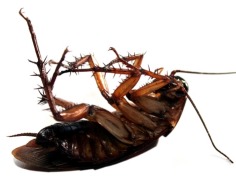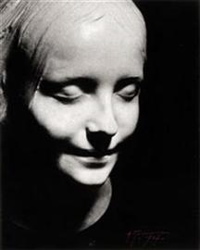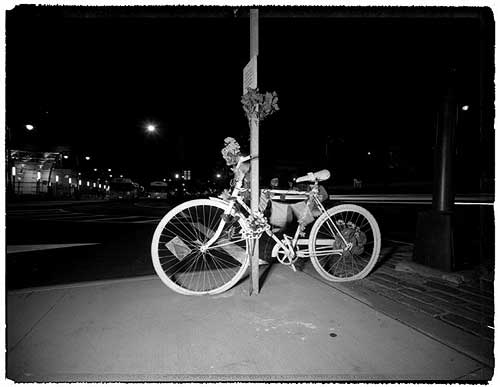
Dead wrong: Man attends own funeral after mix-up over body’s ID
On the holiday known as the Day of the Dead, a Brazilian bricklayer walked into his own funeral.
It sounds like the beginning of a joke: So a guy walks into his own funeral… but apparently it wasn’t so funny for the friends and relatives of Ademir Jorge Goncalves. You see, Mr. Goncalves had been presumed and identified as dead. As it turns out, it was all just a case of mistaken identity. Ha ha!
This isn’t the first time the deceased will attend his or her own funeral—nor will it probably be the last. Take the case of the late Leonard Shlain. After Mr. Shlain’s green burial in northern California earlier this year, a film was shown, featuring himself in a white suit saying that he’d always wanted to attend his own funeral. Filmed a few months before his death, it gave him a platform to set the tone for the affair—surprising and humorous, but also deeply touching as he reassured his loved ones that he was happy, that he missed them, and felt blessed.
This all got me to thinking—just how many ways are there to attend your own funeral? I found these two flakey chicks doing a video tutorial of sorts on attending your own funeral. The message here seems to be about taking stock of your life and thinking about how you want to be remembered before you die. I really didn’t find this very helpful or uplifting, but perhaps Sarah and Suzi will convince you otherwise.
And then there are tales like this one that involve a massive lie in order to “spare everyone’s feelings.” It seems there are easier ways to ditch your friends, no?
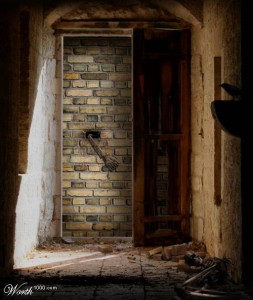
Finally, what about the poor folks who have been interred and buried alive? Also known as premature burial, tales of being buried alive have been found across cultures and time. Some of my favorite stories growing up were Poe’s The Telltale Heart and The Cask of Amontillado. O.K., technically, you are not actually attending your own funeral—just your own burial. But this seems like the worst of all possible ways to go. If anyone has any other ideas about how one can attend his or her own funeral (or burial) let us know via our comments feature. We’d love to hear from you—dead or alive.

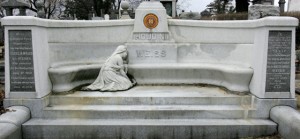



 Cyber Cemetery. The University of North Texas, along with the GPO, are the crypt keepers of this depository for the digitally deceased.
Cyber Cemetery. The University of North Texas, along with the GPO, are the crypt keepers of this depository for the digitally deceased.